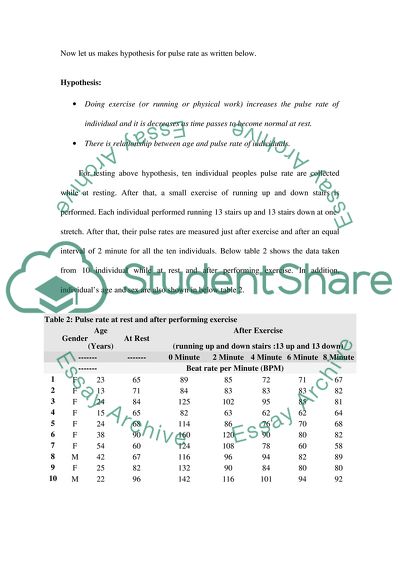Cite this document
(Changes in Normal Pulse Rate Case Study Example | Topics and Well Written Essays - 1500 words, n.d.)
Changes in Normal Pulse Rate Case Study Example | Topics and Well Written Essays - 1500 words. https://studentshare.org/health-sciences-medicine/1711340-mathematics-handling-data-pulse-rate
Changes in Normal Pulse Rate Case Study Example | Topics and Well Written Essays - 1500 words. https://studentshare.org/health-sciences-medicine/1711340-mathematics-handling-data-pulse-rate
(Changes in Normal Pulse Rate Case Study Example | Topics and Well Written Essays - 1500 Words)
Changes in Normal Pulse Rate Case Study Example | Topics and Well Written Essays - 1500 Words. https://studentshare.org/health-sciences-medicine/1711340-mathematics-handling-data-pulse-rate.
Changes in Normal Pulse Rate Case Study Example | Topics and Well Written Essays - 1500 Words. https://studentshare.org/health-sciences-medicine/1711340-mathematics-handling-data-pulse-rate.
“Changes in Normal Pulse Rate Case Study Example | Topics and Well Written Essays - 1500 Words”. https://studentshare.org/health-sciences-medicine/1711340-mathematics-handling-data-pulse-rate.


